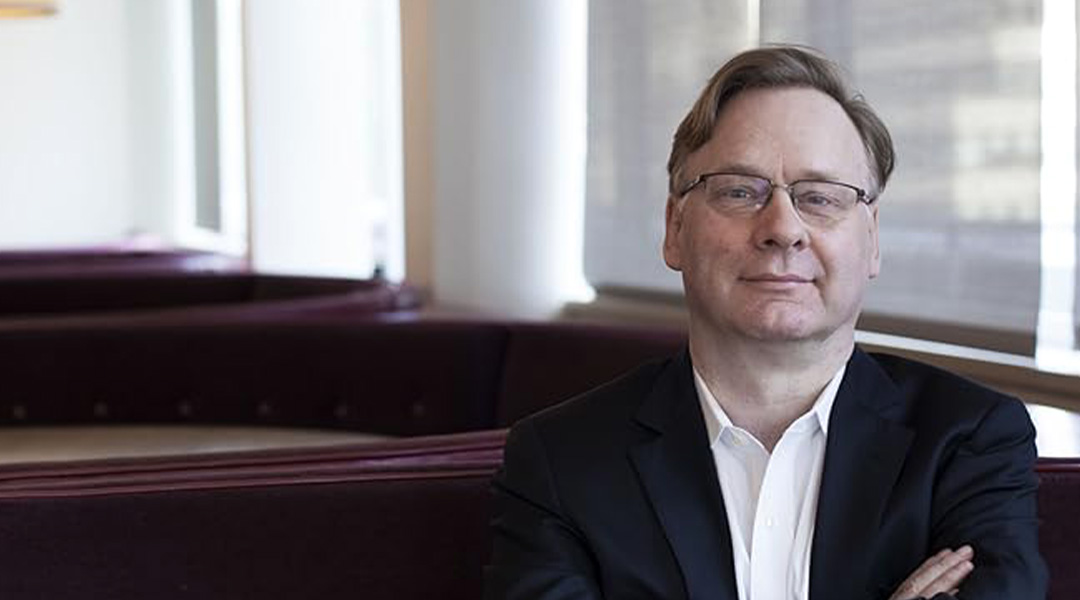
Why PSD2 and open banking regulations are more disruptive than all the FinTechs and challenger banks combined
Most people assume that the music industry was disrupted by Apple and Spotify, that Uber killed taxis and Airbnb upended hotels. The face of disruption, i.e. the disruptor, is a convenient target, but the true source of disruption is often harder to uncover. The trap is to confuse disruptors with disruption.
Many banks have fallen into this trap and are responding with a veritable frenzy of activity to ward off the many disruptors – a powerful triumvirate of FinTechs, challenger banks (like Atom Bank, Tandem Bank, Monzo, Starling Bank, N26, and Revolut), and digital giants (like Apple, Amazon, and Ant Financial). These disruptors are formidable foes – challenger banks, for example, have attracted more than 2.5 million customers and USD $1 billion in funding since 2014. The market power and hype of these disruptors has been growing, but even after years of activity, they are still outsiders in most of today’s economies. Of the main players, only Revolut has so far announced breaking even. Some bank executives are quietly suggesting that the worst is behind them.
However, the true worth of disruptors lies in their ability to identify and exploit industry disruption. Thus far the disruptors are providing what the industry has always provided; they are just doing it cheaper, faster, and perhaps most importantly, simpler. Incumbent banks should ask themselves the following question: What types of value do these disruptors create for customers that is fundamentally different from what we create?
While banks are being distracted by the current cadre of FinTechs vying for their core business, a true industry disruption is about to be unleashed: Open Banking. In Europe, the vanguard of this disruption comes in the form of the EU’s Payment Services Directive 2 (PSD2), due to come into full force in September 2019. PSD2, and other Open Banking initiatives, represent a significant step towards the potential commoditization of core banking services across retail and commercial arenas. More specifically, PSD2 requires that banks allow customer-requested third-parties the connectivity needed to access customer account data and initiate payments. This will level the playing field in the financial services industry on a distribution level within the EU. Open Banking is however a global phenomenon, and similar regulatory movements can be observed all around the world, for example in Australia, Hong Kong, or Japan.
At the core of Open Banking lies the ability to access customer data via Application Programming Interfaces, or APIs. Since PSD2 is only defined in legal terms, many large banks decided to follow a de facto standard approach and set the (technical) terms of competition themselves. A few banks such as BBVA have leaped on the opportunity to be first movers in this realm. What most banks have overlooked however, is that the real prize does not lie in setting the technical standard for Open Banking APIs. Banks should think hard about what comes after customer data is openly accessible to competitors and third-party service providers.
Open Banking, once fully in force, will trigger a new wave of convergence that has already blurred the boundaries of other industries. Convergence effects occur when a technological advancement fosters the potential for previously separate products or services to merge. Common Internet Protocol standards, for example, have radically disrupted the telecommunications, broadcast, and computer industries.
Industry convergence is likely to push banks out of the previously discrete banking industry ecosystems in which they operate. In contrast to the within-industry rivalry that banks are facing from FinTechs, namely the challenger banks, Open Banking unleashes a whole new battleground with unclear rules of engagement. To be able to compete in this new environment, banks need to stop thinking in terms of “banking” and strategize more broadly about how they can best leverage their prized asset – data – before (and after) it is regulated away.
Some visionary banks have already started to pursue broader, value-adding and co-creative strategies. For example, while UK banks HSBC and RBS are placing emphasis on experimenting with technology to catch up with challenger banks, HSBC is simultaneously also testing an aggregation platform approach, where customers could see all of their accounts from one platform, irrespective of who the accounts are with.
In other industries famed for having faced the convergence phenomenon head on, like the telecommunications and entertainment industries, platform strategies – ones that reach beyond the defined industry boundaries – have proven advantageous, albeit tremendously challenging. While the FinTech disruptors have proven they can make costs lower and experience greater when offering what the industry has always offered, they still lack the trust of customers and platform capabilities that incumbent banks possess.
In the future, the “banking” industry as we know it will no longer exist. PSD2 and Open Banking are just the beginning signs of convergence and the blurring industry lines it brings in tow. It is possible that financial services in the future will be one of many items on a shelf in an online service supermarket, and the question will be who will own the supermarket and control the shopping carts. The banks still have some unique advantages they can leverage, such as customer trust and platform reach, that will be necessary to maneuver into the unchartered territories. However, these advantages are unlikely to remain for long as the pace of convergence takes hold.
Elizabeth Teracino and Nikolaus Obwegeser are Research Associates at the Global Center for Digital Business Transformation at IMD.
Michael Wade is director of the Global Center for Digital Business Transformation at IMD.
Research Information & Knowledge Hub for additional information on IMD publications
Hong Kong might be back on top of the global intial public offering (IPO) tables, but too many of its listings are Chinese. If the city wants to re-establish itself as Asia’s financial hub, it needs to be more than a conduit for mainland capital. ...
We examine the predictive power of the net asset value (NAV)/price ratio for the LPX50 index, a key benchmark in the field of listed private equity, using monthly data from 2002 to 2024. A risk factor model reveals the index’s significant exposure...
Research Information & Knowledge Hub for additional information on IMD publications
Research Information & Knowledge Hub for additional information on IMD publications
Research Information & Knowledge Hub for additional information on IMD publications
in I by IMD 10 July 2025
Research Information & Knowledge Hub for additional information on IMD publications
Research Information & Knowledge Hub for additional information on IMD publications
Research Information & Knowledge Hub for additional information on IMD publications
in I by IMD
Research Information & Knowledge Hub for additional information on IMD publications
Published by International Institute for Management Development ©2025
Research Information & Knowledge Hub for additional information on IMD publications
in I by IMD Magazine June 2025, no. 17, pp. 62-65
Research Information & Knowledge Hub for additional information on IMD publications
in Journal of Portfolio Management June 2025, vol. 51, no. 8, https://doi.org/10.3905/jpm.2025.1.736
Research Information & Knowledge Hub for additional information on IMD publications








